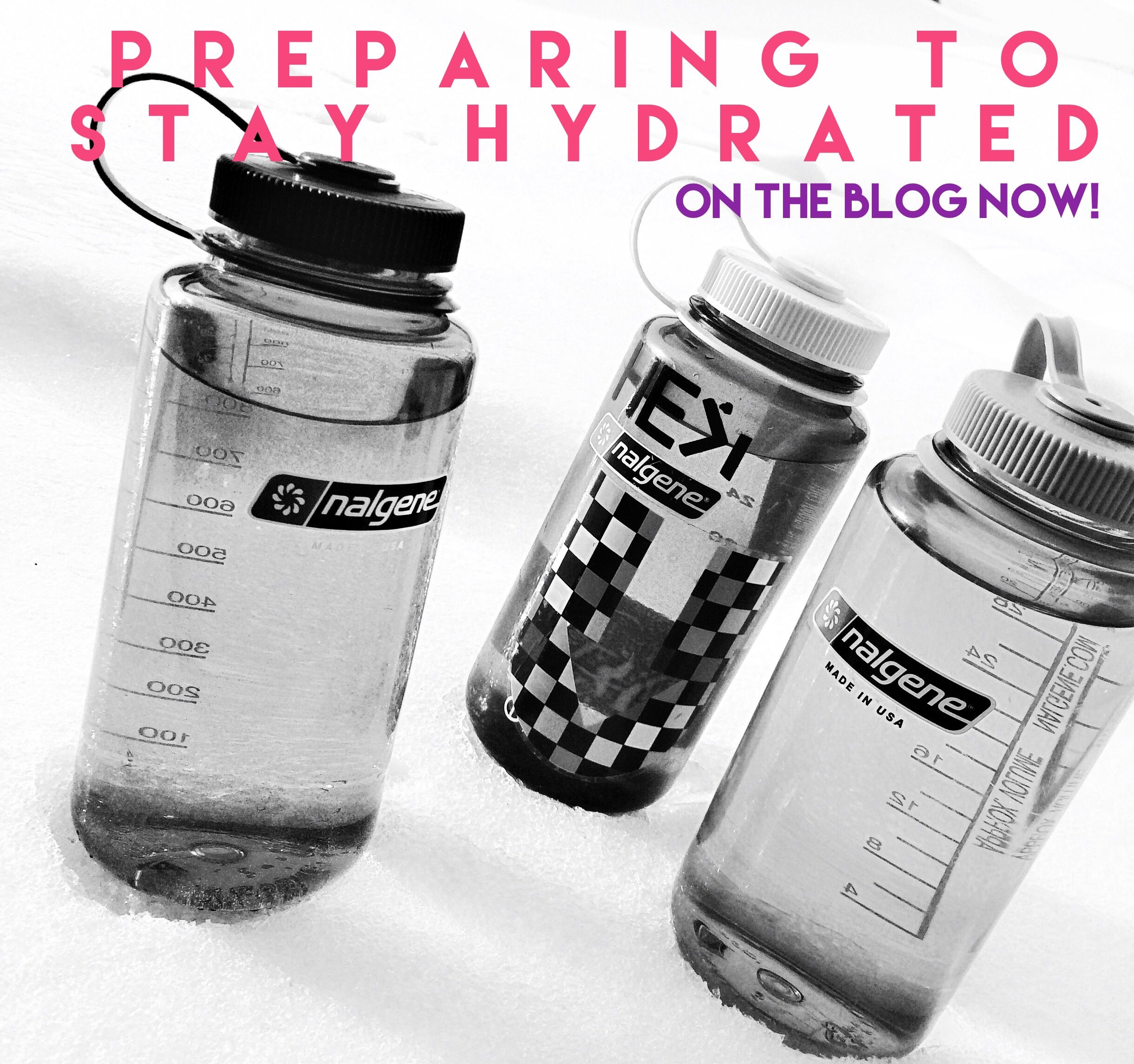
Written By: Courtney Ford, Co-Owner CrossFit One Shot
We’ve all grown up with the stigma that you need 8 glasses of water per day or ’64 ounces’. That’s it. Done. 8 classes consumed and I’m good to go. While this may balance out in your favor, in reality, the fluid that we intake each day has several varying factors that should influence how much we need to drink. The climate, physical activity demands, how much we’ve sweated and overall body size has EVERYTHINGTODOWITHHOWMUCHWATERYOUNEED! There’s a little more to it than just chalkin’ up you’ve had your 8 glasses or 64 ounces for the day, although that’s a good base to start at. (Don’t worry, I’ll give you a small equation in a little bit, but first I want to educate you.)
The importance of Body Water
All of our cells soak up water. With that being said, water makes up nearly 60% of our body weight. 60%! So that means if you weight 100 lbs, you carry 60 lbs of water; if you weigh 200 lbs, you carry 120 lbs of water. The amount of water we carry is based on how much body fat and muscle mass we have. Our water content depends on body composition because different cells contain different amounts of water. Now, when I think that of that I wonder, where is all of this water coming from and where is it stored?
• Bones contain the least amount holding 22%
• Adipose Tissue (body fat) holding 25%
• Muscle cells holding 75%
• Blood with the highest holding nearly 83%
As Athletes, with 60% of our body weight being made up of water and 75% of that being held in our muscle cells, WE CAN NOT DEPRIVE OUR MUSCLES OF H20.
Fluid Balance
Water comes and goes a lot of different ways. Each day we excrete water via urine, feces, sweat, and expired air. Each day we also take in water from the food we eat and the beverages we drink. Our goal is to balance the intake and balance the output so that we don’t become dehydrated.
On average, humans get about 1 L (4 cups) of water from the food we eat. Of course, this amount depends on our food selections.
• Fruits & Vegetables – have the highest percentage of water (in their raw form)
• “Wet” Carbohydrates – have a fair amount of water (ie. Whole grains, legumes)
• High Fatty Foods – typically have a very low percentage of water (ie. Nuts, seeds, oils, butter)
The equation
There are two ways to estimate your fluid needs and ensure you’re hydrated. One being by body weight, the other being by metabolic rate. We’re going to lay out the equation, estimating your fluid needs by body weight.
With this method, for every kilogram of bodyweight, you’d ingest 30-40 mL of water. So, for example, if you weigh 50kg (100lbs), you’d require 1.5 – 2 L of water per day. And if you’re 100kg (220lbs), you’d require 3-4 L of water per day. See how someone with more body weight requires MORE WATER? So our stigma of ‘x amount of glasses per day’ doesn’t rally up with this equation all the time.

Today, calculate your desired amount of water intake and put it to use! Grab a Nalgene bottle and figure out how many ounces you need to drink, based on the amount of Liters your body requires.
***Remember, this is a general equation and does not take into account added heat, extra activity, and how much we’ve sweated. Modifications may need to be made in the case one of these factors is higher than normal activity or climate has risen.
Time to drink up and eat up, better, folks!
[1] Berardi, John MD and Ryan Andrews, RD, “The Essentials of Sport and Exercise Nutrition,” Precision Nutrition, June 2014, pp 199-200.